Pier 42 Wild Oyster Survey
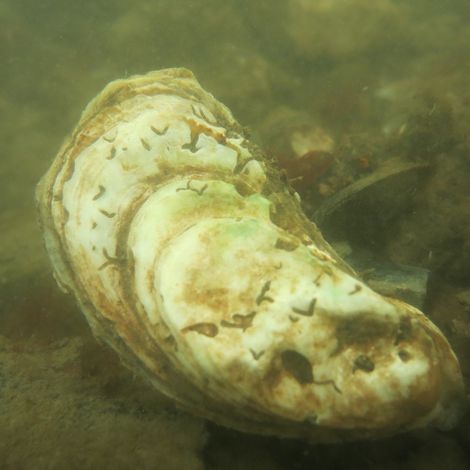
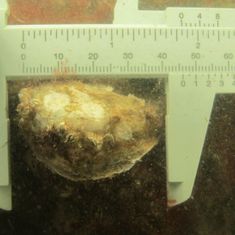
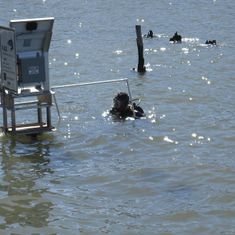
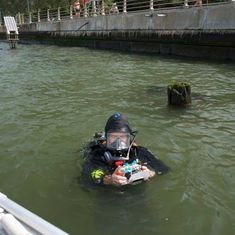
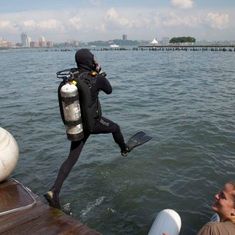
The oysters of New York Harbor were once world-renown for their quality, and the legendary vibrant and diverse social and cultural life of lower Manhattan in the 1800s revolved around oyster street stands, halls and saloons, and waterfront barges. Oysters made downtown what it is today. Restoration of the historic reefs and beds is the highest habitat goal for NY Harbor for the next decade; though not edible in our lifetime, oysters would provide valuable ecosystem services. Oysters are nutrient-rich food sources for marine life, birds, and humans. Hundreds of fish species and thousands of microscopic plant and animal species associated with oyster reefs settle in, providing increased abundance, functional diversity and complexity: the indicators of ecosystem health. Adult oysters can filter 50 gallons of water a day, removing toxins and contaminants from the water, and pelletizing them into the sediment. Oyster reefs and beds buffer the edge against storm surge, sea level rise, and acid rain.
Oysters are returning to New York Harbor after a hundred-year absence due to habitat destruction, pollution, and over harvesting in the 1800s! The River Project first observed wild oysters at Pier 26, Tribeca in 1990, and continues observations. Presently, oysters seem to be settling at an accelerating rate. Our project is a survey to assess the local population and establish a baseline dataset for this site, which has habitat representative of much of the Harbor; Pier 42, in the Hudson River Park Estuarine Sanctuary, on the Greenwich Village waterfront, adjacent to our wetlab and office at Pier 40. The survey will measure settlement, growth, mortality, habitat distribution, size, age, and disease, if any. Early results show densities of approximately 8 oysters per square meter, maximum size 11cm (4.5 inches).